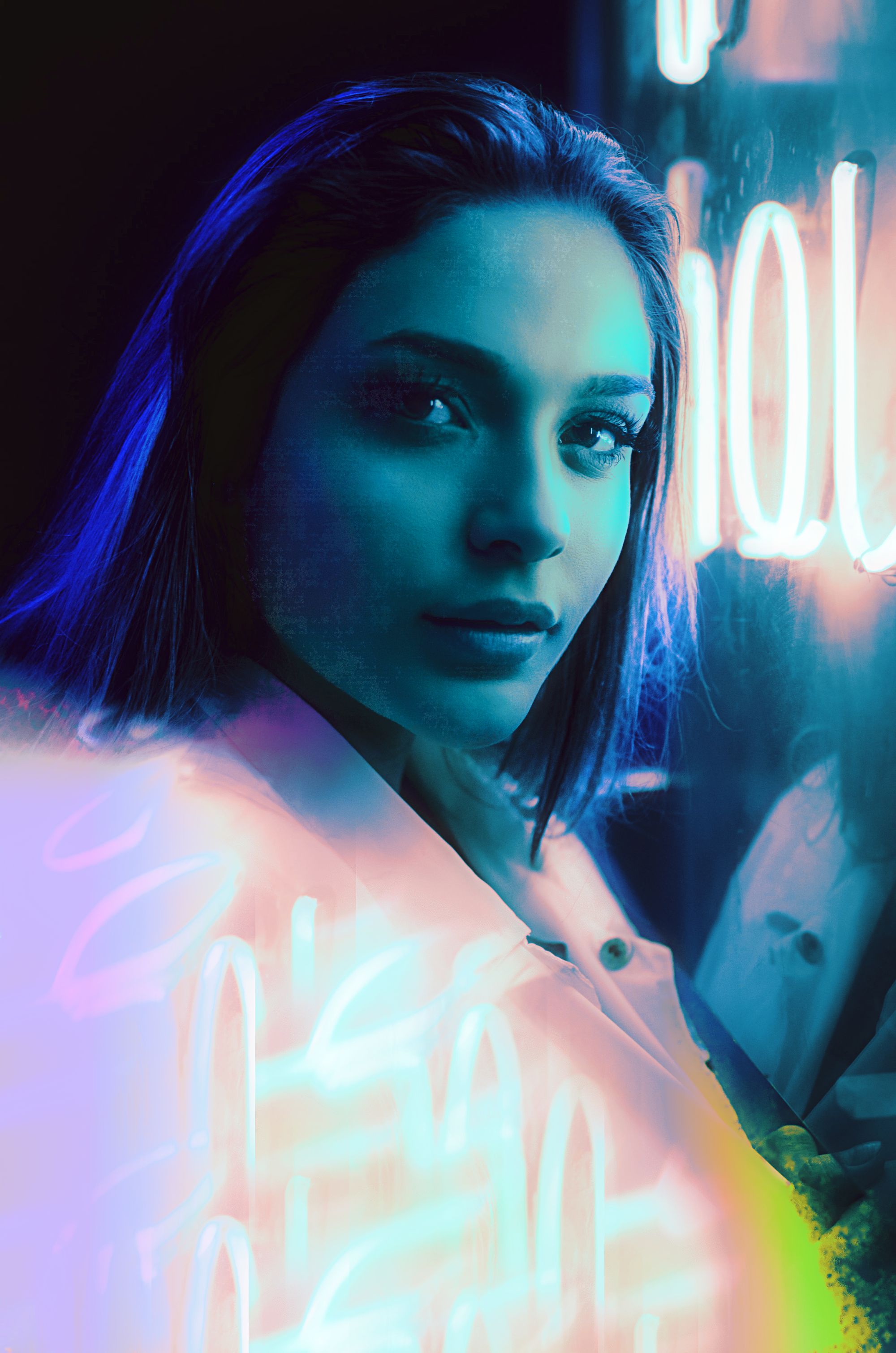Photography is dead, long live photography
From the earliest camera obscura, to the astronomically far-sighted James Webb telescope, photography has always been about pushing the limits of technology. Every major advance in the photographic medium has been driven by engineering in service of art.
And the limits and possibilities of each technology have shaped the art itself. Where the camera obscura helped us to understand perspective drawing (giving us everything from Vermeer paintings to Ikea manuals), handheld and spy cameras allowed photographers to take to the streets. Photographers of all stripes have been searching for their own “decisive moments,” a term coined by Bresson referring to the moment when in a single click, the photographer captures an image that conveys the essence, an essential truth, about the real life scene.
AI will be able to do much more to help you get the image you meant to take - without having to wait for the ‘decisive moment.’
AI on the photographic horizon
Today, we’re at the edge of a technological advance that will have us rethinking the decisive moment altogether. The advance? The application of Artificial Intelligence with Machine Learning (AI and ML) to digital image making. The first inklings of this can be seen in the phone in your pocket and in image editing tools like Facet. A whole new photographic landscape is coming on fast.
Ahead we’ll talk about what changes AI and ML are bringing and why they’re a great thing for creatives.
But first things first, at Facet we believe that human creativity is paramount. It’s our belief that AI and ML don’t supplant human creativity. They help enhance it. When we craft empathetic tools, AI and ML can take care of the tedious parts of creative work, so you have more time and brainspace for exploration and vision.
In the case of photography, AI and ML can identify image components in post processing, as with auto-masking in Facet. But they can also learn what you want to capture in a picture and help make it happen. Each photo you take trains the AI, and over time, each image it captures for you will be more and more aligned with your artistic vision.
Basic forms of this computerized assistance are already happening. If you use a Google Pixel camera, AI and ML remove photobombers from the backgrounds of images and apply the style of artistic maestros Carravagio and Titian to photos to help you pin down the ambiance and effect you’d want for portraits. But this is only the beginning.
Beyond the ‘Decisive Moment’
In the near future, AI will be able to do much more to help you get the image you meant to take - without having to wait for the ‘decisive moment.’ For example, your camera will be able to stitch together multiple photos and give you a composite photo where everyone in your group is smiling with eyes open.
Technological changes like these are very fitting for the direction in which photography is moving; it’s no longer about translating reality to pixels. It’s increasingly about expression and personal style. Developing a photographer's eye will always be essential. The camera and editing software are here to support your artistic vision.

The Future of Facet
At Facet, we’re pushing the limits of AI and ML to help creatives easily realize and elaborate upon their artistic vision. We’re making what is, in essence, a visual version of OpenAI GPT3 - the AI tool that crafts writing and fills in text with impressive facility, or CLIP, which synthesizes images from a string of words.
In the long term, you’ll be able to use text to tell Facet to “make this face look like that face” or “make the model look more serious” and our AI will make it happen. Of course, you’ll still have control over all aspects of the image independently. The editing process will just feel like a conversation with a skilled editor.
What happens if the model looks great but the lighting is wrong? You could also ask our AI to shift the lighting or use an adjective like ‘make this image moodier.’ With these powerful tools doing the drudge work for you, you’ll be able to focus on the fun parts of creativity, like developing a truly unique, impactful style.
As we build the future, you can still experiment with the powerful beginnings of AI-powered image editing experience. Test out batch editing, color matching, and auto-masking in Facet when you sign up for a free trial.
Feature image credits: Photograph from Museums Victoria, circa 1940s. #madewithfacet by Esteban Alvarado